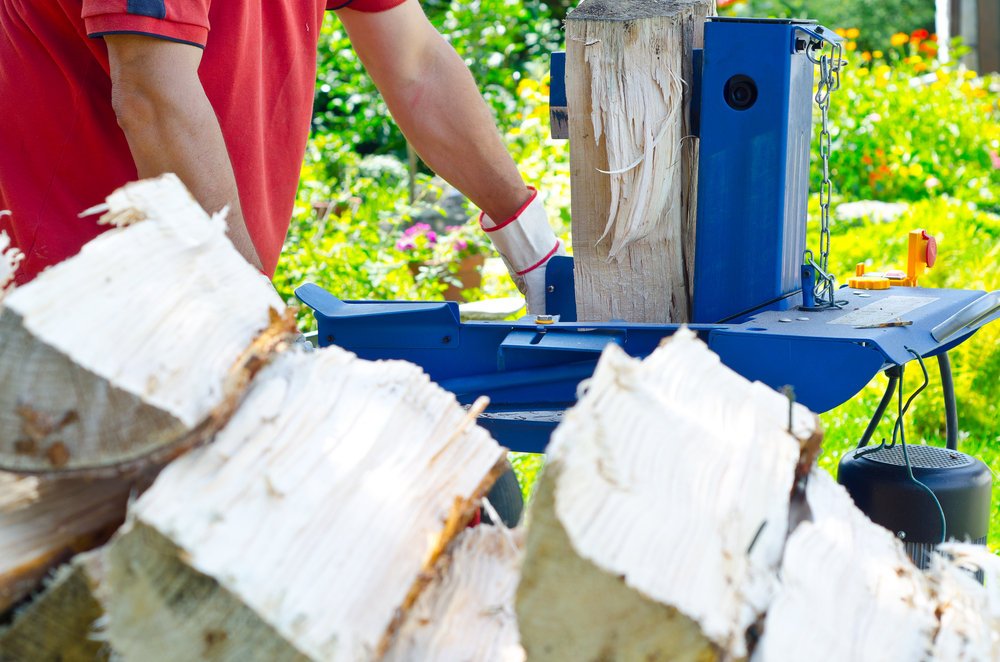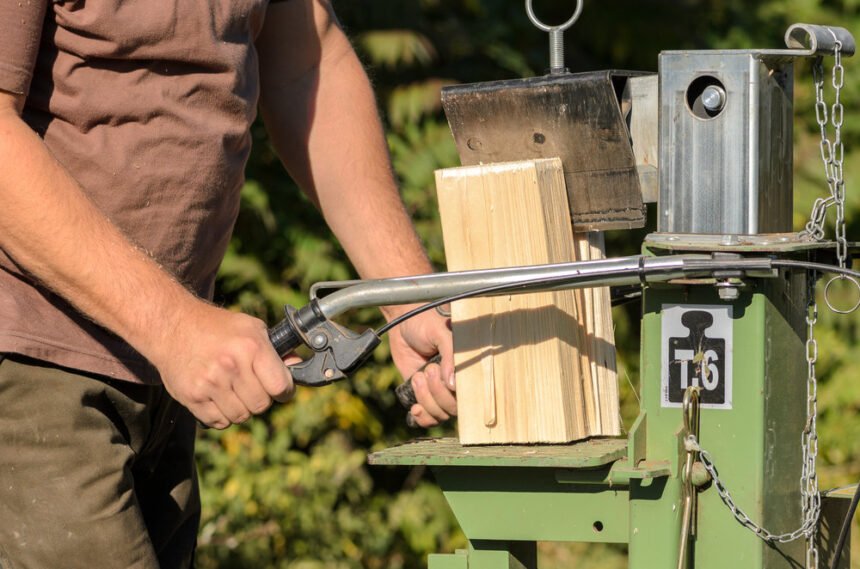Tackling your woodpile can be a daunting task. Day in, day out, do you find yourself armed with an axe, relentlessly hacking away at stubborn logs? Or perhaps you’ve ventured into the world of manual log splitters, your sweat-equity being traded for a bundle of firewood? In either case, you’re likely contemplating the efficiency and ease a mechanical log splitter could bring. Is it time to take the plunge? And if it is, how do you discern the right one from a vast market?
Understanding which log splitter will best suit your needs requires a sturdy understanding of your requirements and the variety of options available to you. Your budget, the type of wood you typically handle, the volume, and even where you’ll be storing and using the splitter come into play.
This comprehensive guide is here to dissect the details and provide you with relevant insights to ensure your hard-earned money is invested wisely in a log splitter designed to cater to your wood-splitting needs with precision and efficiency.
Understanding Log Splitters: A Primer
Before we plunge into the sea of log splitters, a basic understanding of this powerful tool can be beneficial. Essentially, a log splitter is a piece of machinery designed to split firewood from softwood or hardwood logs. It addresses several pain points associated with the traditional axe-breaking method most notably, effort, safety, and efficiency.
A variety of log splitters abound the market. They range from manual, requiring human exertion but minimal investment, to electric and gas-powered alternatives that turn the strenuous activity of wood splitting into almost a breeze. Also, more sophisticated hydraulic and kinetic log splitters have revolutionised the world of wood splitting, injecting a welcome dose of speed, efficiency, and user-friendliness.
Considering the Individual Specs of the Log Splitters: Your logs, Your Splitter?
Unique logs come with unique demands. A log splitter that’s effective for softwood may falter when faced with hardwood. Likewise, the splitting force required, commonly measured in tons, varies according to the wood type, size, and moisture content.
Many find electric log splitters, typically offering 5-10 tons of splitting force, enough for their domestic needs. But for thicker logs or dense wood species, one might require the awe-inspiring force only a hydraulic or gas-powered splitter can provide up to a whopping 37 tons.
Evaluating Your Workload: Size Does Matter
One cannot ignore the importance of assessing your workload. Cutting down a tree in your backyard for firewood is vastly different from managing a commercial lumberyard.
For sporadic use with smaller wood loads, a manual or a small electric log splitter may suffice. A gas-powered model with its inherent mobility can tackle larger residential tasks with aplomb. The high-end hydraulic and kinetic splitters are designed to address the high-volume needs of commercial users.

Space Considerations: Size and Portability
Are you constrained by storage space or do you foresee the need to transport your splitter often? Compact, lightweight manual, and electric models might serve you well here. Many electric log splitters even fold down for ease in storage or transport. Conversely, a gas-powered splitter is heavier, and its noise levels and emissions might restrict its use indoors.
Price matters: From budget-friendly to high-end log splitters
Last but indeed not least, your expenditure must align with your budget. Your investment should consider not just the upfront cost, but also any maintenance and operation expenses. Electric splitters cost less initially but stand by for subsequent electricity expenses. On the other hand, a gas-powered splitter can be pricier upfront, and fuel costs can add up over time.
Safety and Maintenance
No matter how high-performing or budget-friendly, a log splitter must offer paramount safety. Protective shields and dual-hand operation systems are valuable safety features. Regular maintenance is vital to prolonging the life and efficiency of your splitter, especially for gas-powered models that require oil changes and air filter inspections.
Conclusion
Choosing a log splitter is an amalgamation of various considerations. It involves acknowledging your specific needs, understanding the different types of splitters available, and aligning your choice with your resources, including physical space and financial budget. With this guide, you can navigate the path to find a log splitter that securely fits within your requirements one that makes your wood-splitting activity a seamless, and possibly enjoyable task. Stay warm, stay safe, and split responsibly!



